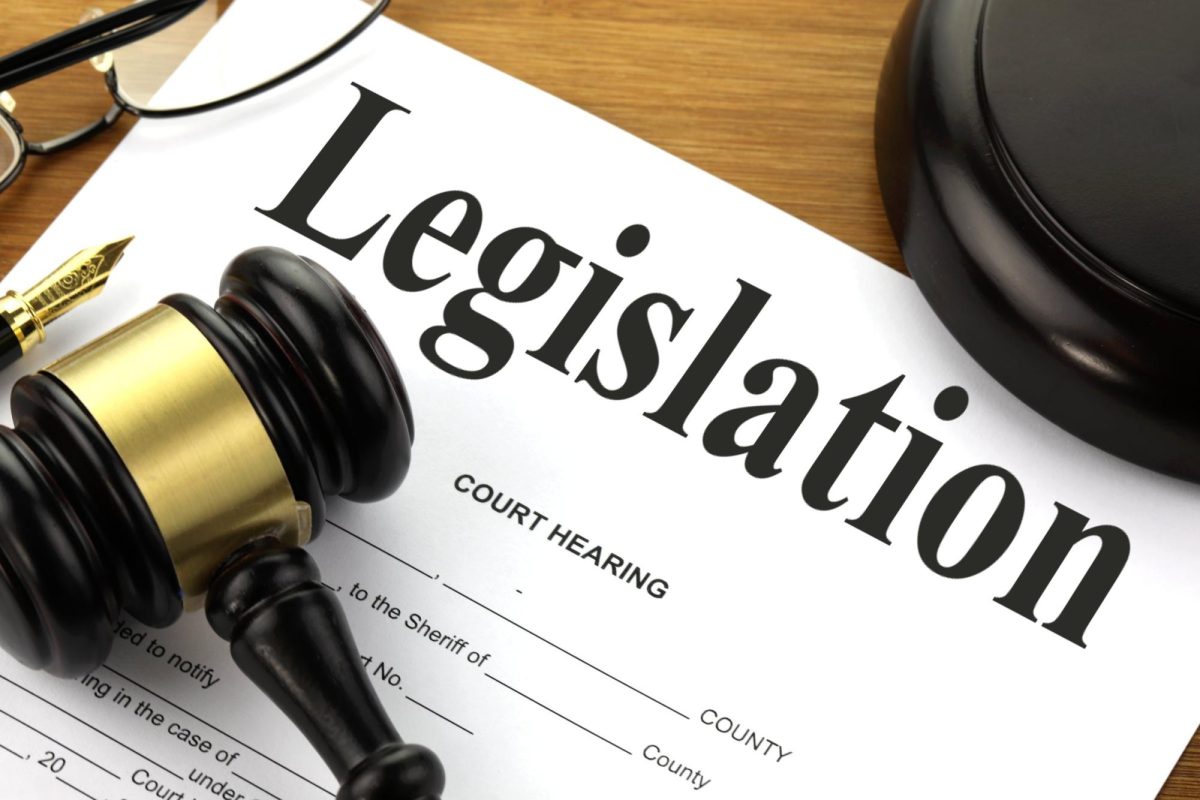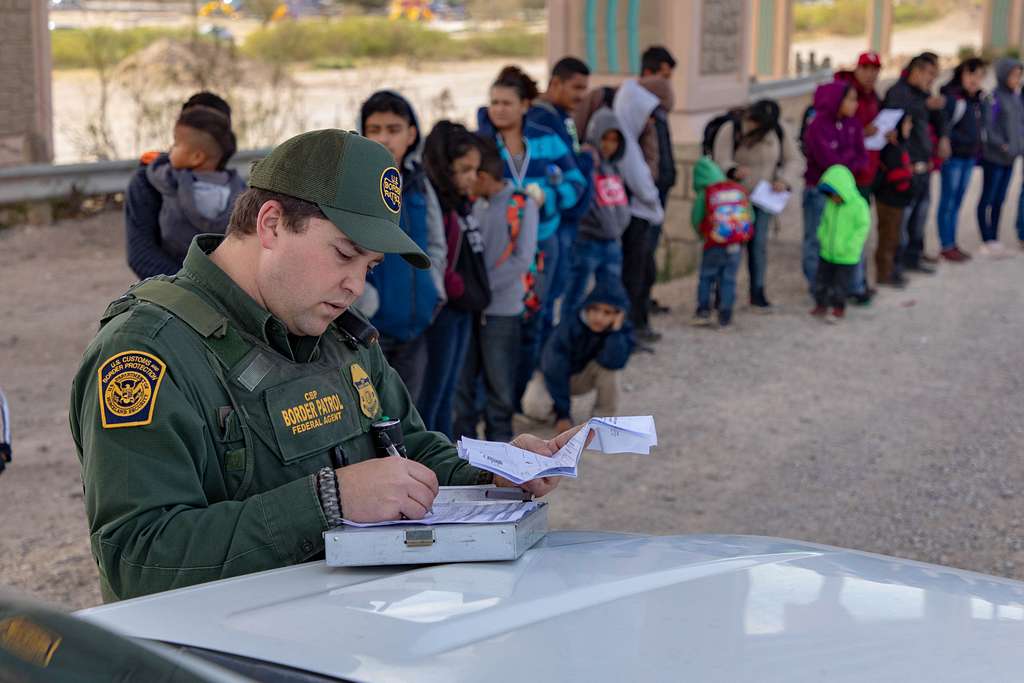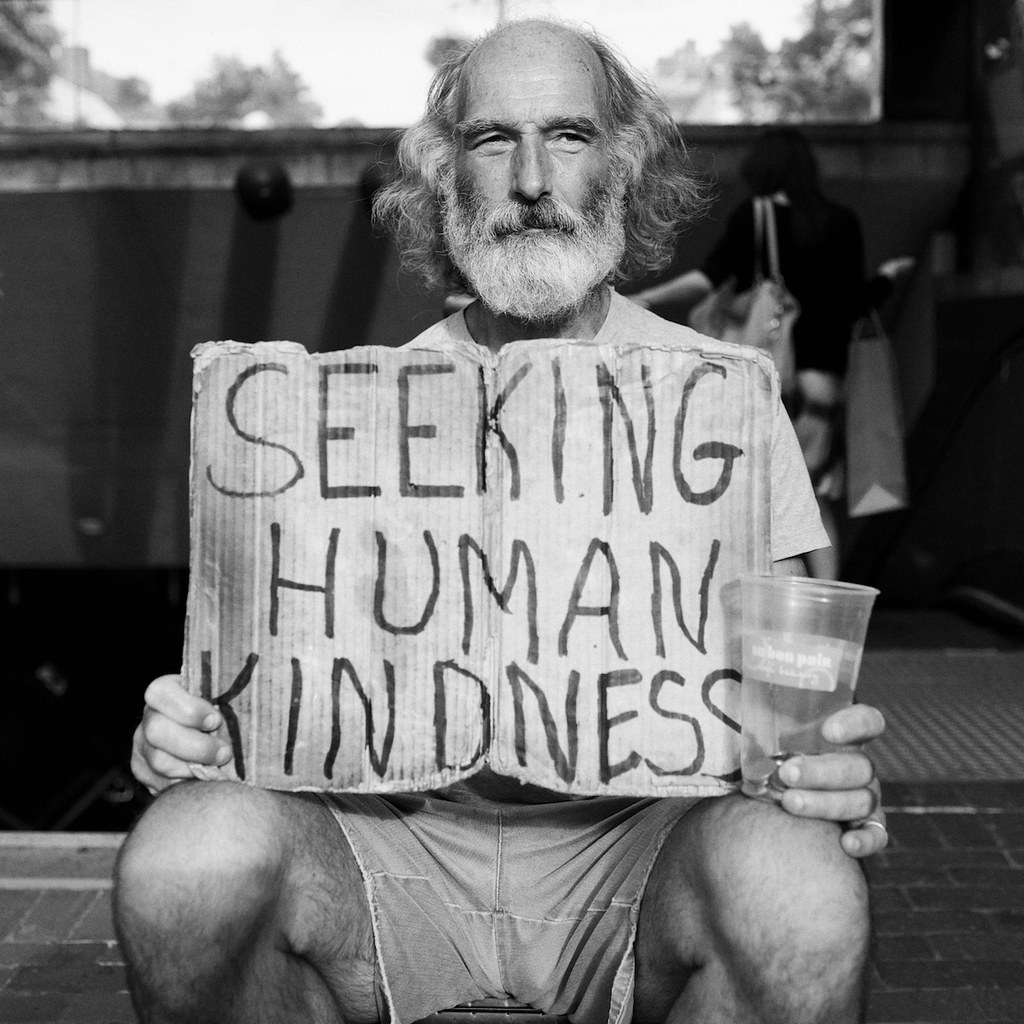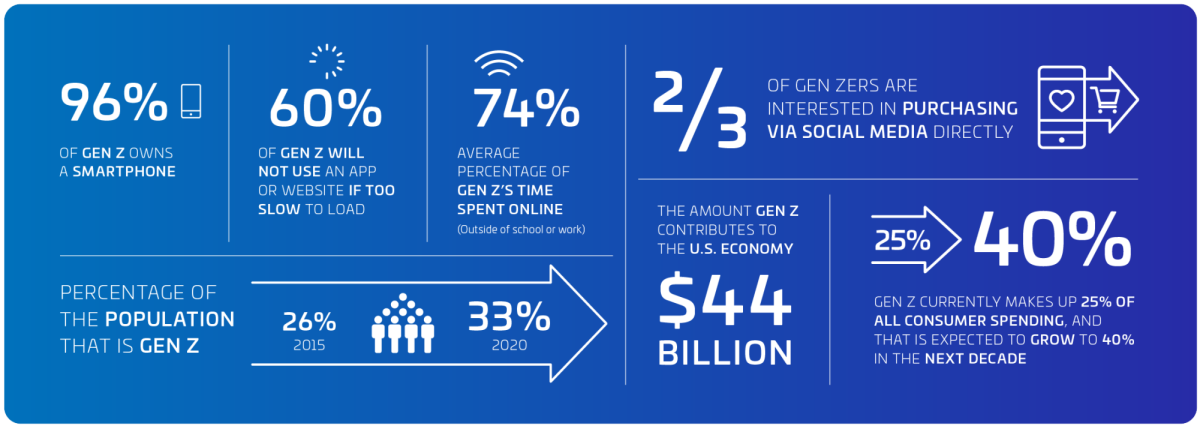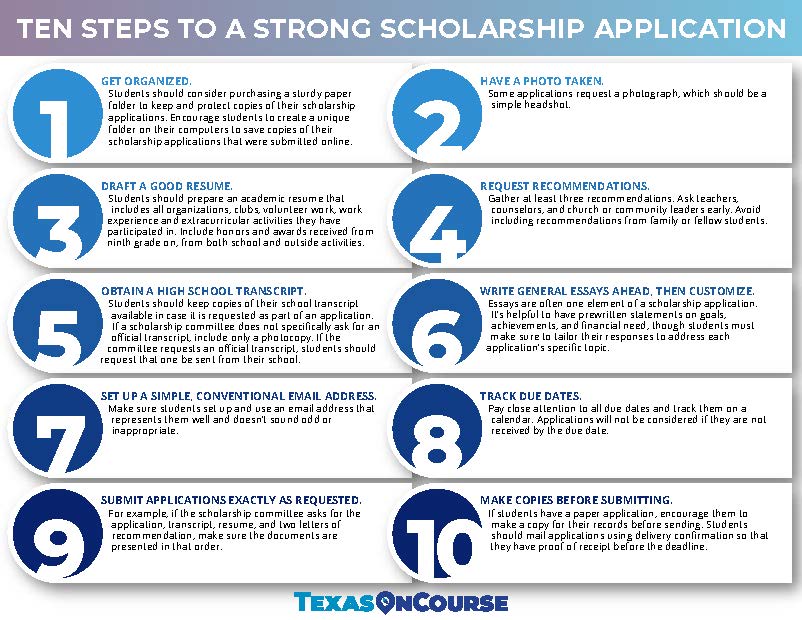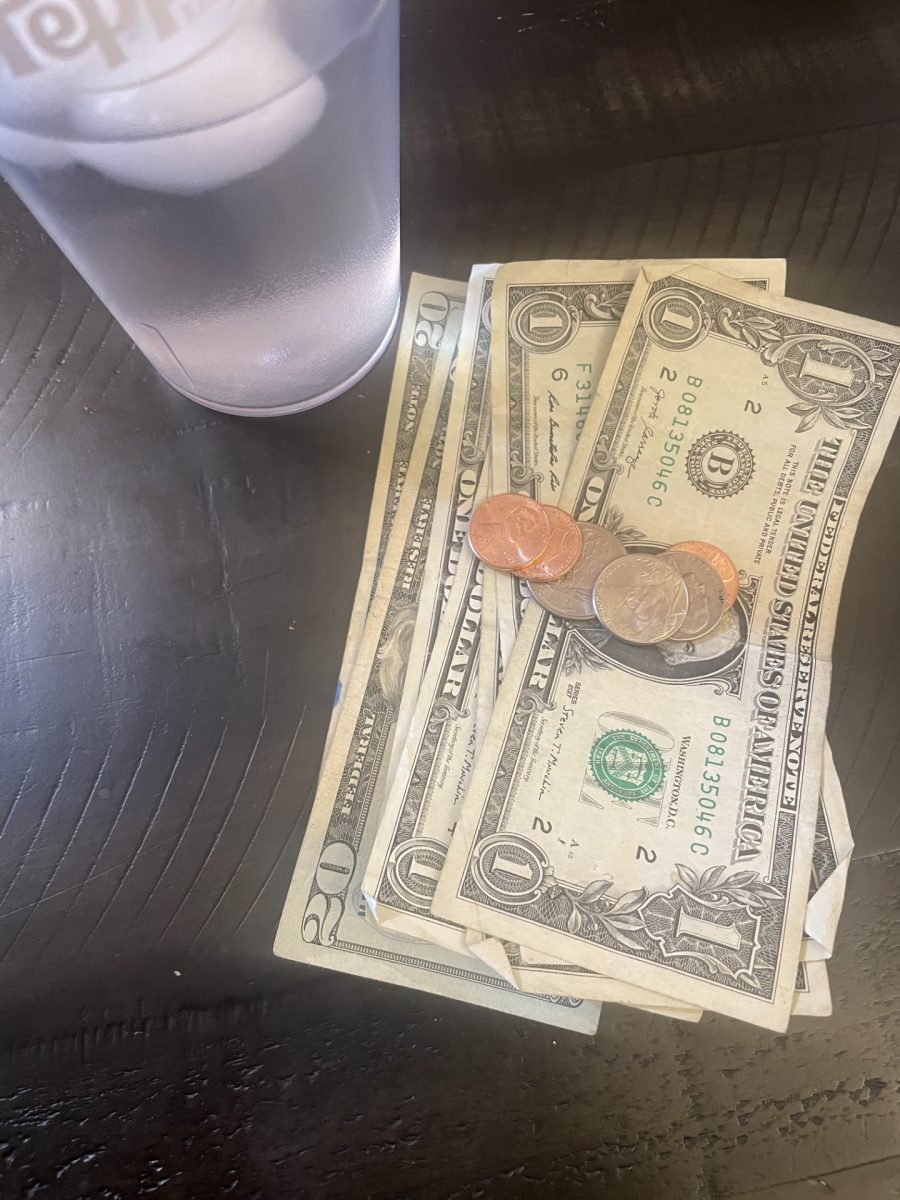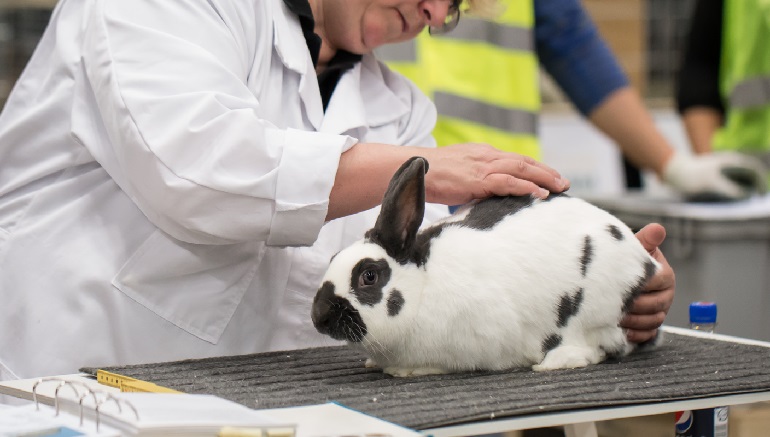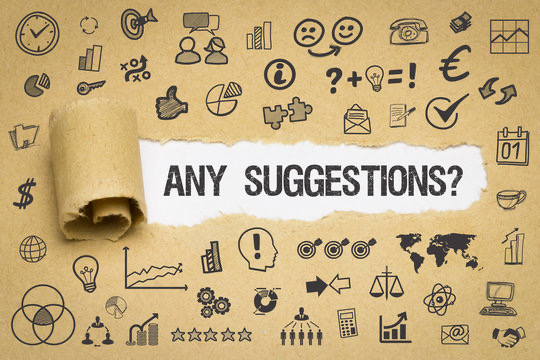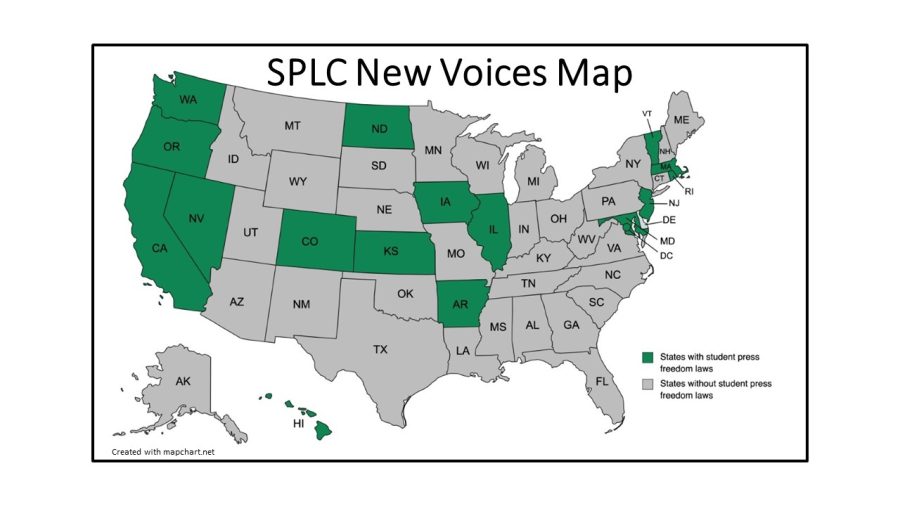Many people think animal testing is just putting makeup on animals. Unfortunately, it’s nothing like that and it’s torture for our animals on earth.
Imagine you or your pet being held captive in a lab for an entire lifetime. Getting poked with needles and toxic chemicals being inserted into your organs daily. In the course of a year, over 110 million animals: dogs, rats, mice, bunnies, monkeys, cats, etc. die due to these experiments peta.org explains.
What is animal testing?
Animal testing goes all the way back to 500 B.C. according to beonchip.com. Animal testing is experiments performed on different living animals for research for drugs, new cosmetic products, and vaccines. These tests include experiments like force feeding and inhalation, injections of toxins into the body, exposure to chemicals and deadly viruses, and surgical operations that include things like removing their organs. They are also put in situations like swimming for prolonged periods of time or electrical shock that cause them to have anxiety or be terrified. These can occur in med schools, labs, universities, and government facilities.
Does it hurt animals?
It does not just hurt animals; it kills most of them. Only 3% survive according to Haaretz.com. It is extremely painful. They deal with pain and suffering every second of their lives.
Animals are permanently blind or deaf after some tests. It causes severe anxiety for them, so even if they get out of labs, they can never live normal lives.

Tik Tok influencer, Sam and Ted the Beagle, posts daily about animal cruelty. Sam McGraw’s former college, Mount Etika, had a veterinary technician program that rescued some beagles out of animal testing. The school did close, but they had about 50 dogs that they didn’t know what to do with. Therefore, they sent applications to people to adopt them, which McGraw did.
She said in a Tik Tok, “For the first two years of his life, his anxiety was so bad he would literally bite people’s ankles and pee all over our floors.”
She stated in another video, “It took him a while to trust me and others. Now he is on anxiety medicine and is a very lazy boy.”
The influencer and animal rights activist went viral in April 2023 for getting a tattoo that matches the serial number stamped on Ted’s ear.
In her Instagram caption she explained that the permanent mark is “a tribute to the animals suffering in testing and of course to [her] Ted for helping change the world.”
How do you know if a product is cruelty-free?

Almost every cruelty-free product has a Leaping Bunny logo, a Peta cruelty-free logo, or a Choose Cruelty-Free logo.
You can also tell if a brand or product is cruelty-free by if it sells in China, which requires animal testing by law.
Are there any benefits?
Although animal testing isn’t always a positive thing, sometimes it can be.
Animals are alike to humans in many ways like their organs and DNA. Also, they have many of the same health problems like diseases, cancer, diabetes, and mental states. Therefore, some think animals and humans will react the same way, but that isn’t always accurate. Over 80% of animal tests fail at human trail (med.stanford.edu).
It helps create vaccines and medicines for diseases and infections. But with today’s technology, there are so many ways that even more accurate and won’t hurt an animal. For example, one way is “testing cells and tissues in test tubes or cell cultures.”(grants.nih.gov).
How can you help?
You can help by simply not buying from any brand that animal tests. Do some research and swap out brands that are non-cruelty-free with a cruelty-free alternative.
You can donate or sign petitions for charities that work to stop these experiments, like:
- PETA.org
- Crueltyfreeinternational.org
- Leapingbunny.org
- HSI.org (Humane Society International)
Lastly, just spread awareness of the issue by telling the people in your life and encouraging them to help.
Next time you buy a non-cruelty-free product, think about what animal was hurt because of it.




